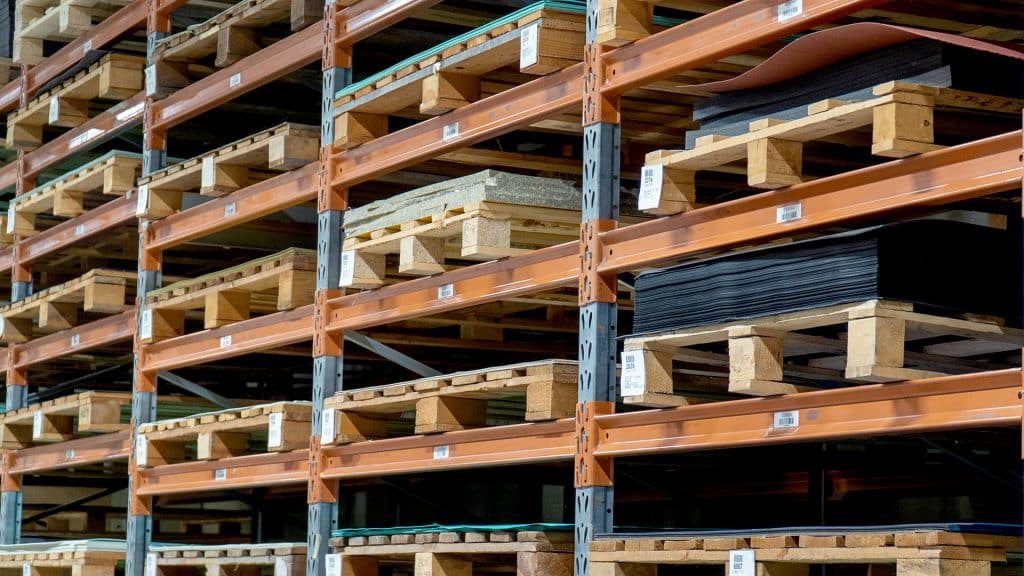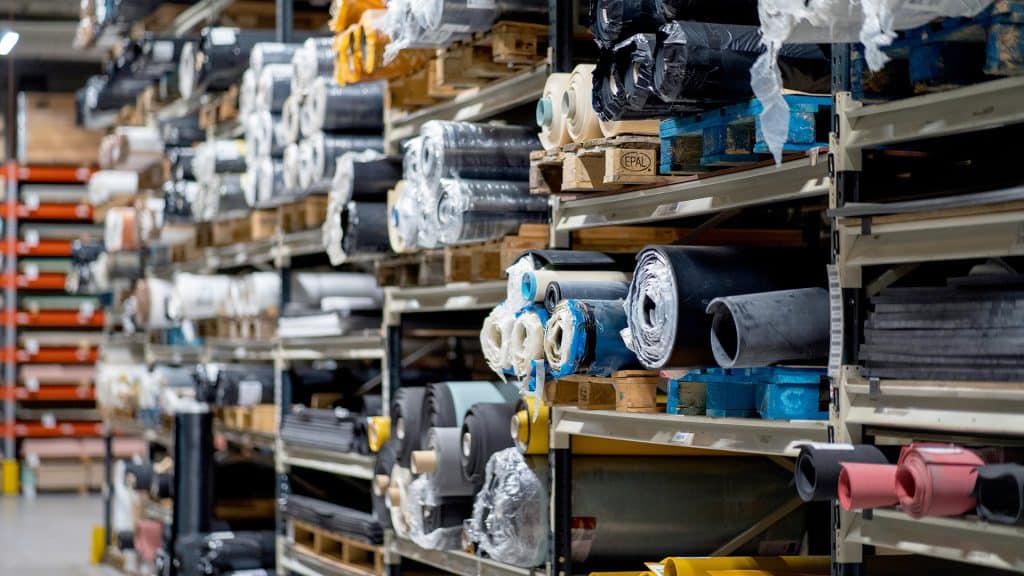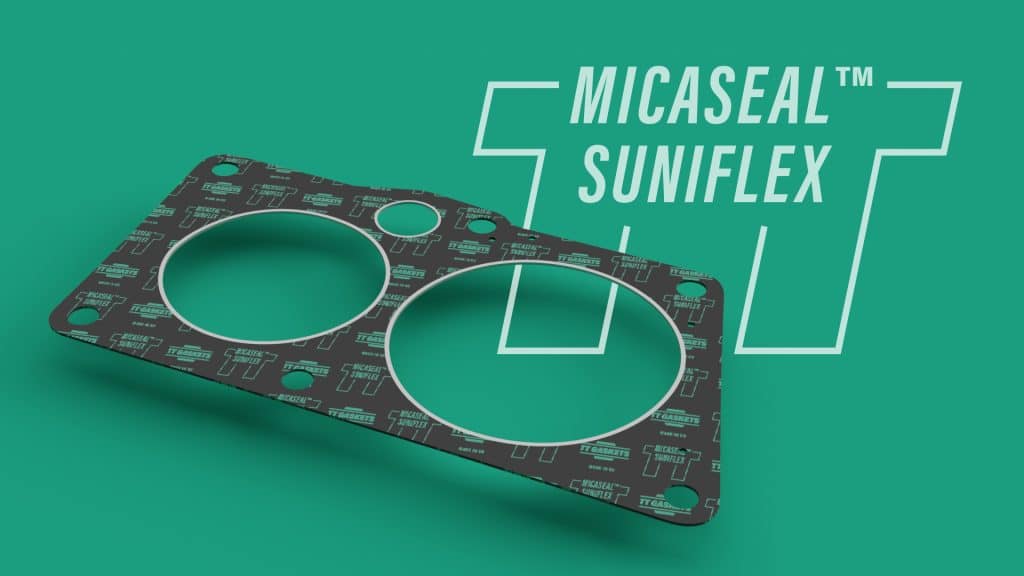
Materials
Fibers, graphite, rubbers, plastics, metals… you can find thousands of options for efficient sealing from our material inventory.
TT Gaskets’ strength lies in our market-leading material selection and manufacturer independence – we can always choose the best gasket material for our customers’ needs from thousands of items.
Together with our customers, we are constantly searching for cost-effective alternatives and substitute raw materials in case the availability of a certain material should decline. Through persevering partnerships, we achieve cost savings and sustainable product development.
Our designers are happy to consult on gasket design or material choices. We also develop new gasket materials ourselves to meet various demanding sealing needs.


Micaseal Suniflex for demanding conditions
Our mica-based private label material Micaseal Suniflex is designed for environments that require high heat resistance and versatile chemical resistance. It has plenty of use cases in power plants, combustion engines, exhaust systems and gas scrubbers.